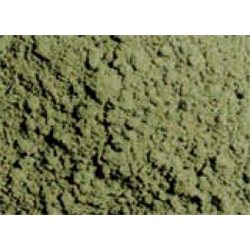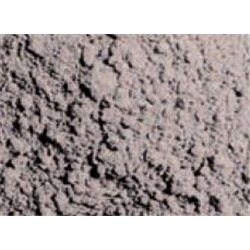When it comes to determining the platform length for a model railway station, there are a few factors to consider....
No products
Product successfully added to your shopping cart
There are 0 items in your cart. There is 1 item in your cart.
Search Tips
Christmas and New Year
We are dispatching orders every weekday apart from Christmas Day, Boxing Day and New Year's Day.
If you order is time critical, select next day delivery at checkout.
The shop in Sandown is closed from 25th December, reopening on 30th December.
How do I create weathered brickwork on buildings?
Creating realistic weathered brickwork on your scale models can add a lot of character and authenticity. Here's a step-by-step guide:
1. Base Colour
Start by painting the brickwork in a base colour that matches the typical bricks found in your model's setting. For UK buildings, red, orange or brown hues often work well. Use acrylic paints for a quick-drying, easy-to-layer finish. Apply the paint evenly with a brush or airbrush.
2. Mortar Lines
To highlight mortar lines, use a thin wash of off-white, light grey or sandy-coloured paint:
- Mix the paint with water or a matte medium to make it flow into the gaps.
- Apply the wash generously and allow it to settle in the grooves between bricks.
- Wipe off any excess on the brick faces with a damp cloth or sponge before it dries.
3. Weathering with Washes
Add depth and simulate dirt or ageing using dark washes:
- Black, dark brown or green washes can replicate soot, grime or moss growth.
- Focus on areas where weathering would naturally occur, like near windows, at the base of walls or under eaves.
- Apply sparingly and build up layers gradually for a subtle effect.
4. Dry Brushing
Use the dry-brushing technique to enhance texture:
- Load a brush with light-coloured paint (like pale grey or beige), then wipe most of it off on a paper towel.
- Lightly brush the surface, letting the paint catch on the raised edges to highlight details and create a worn look.
5. Pigments and Pastels
For extra realism, use weathering powders or chalk pastels:
- Apply them dry with a soft brush to mimic soot, rust streaks or moss.
- Seal the pigments with a matte varnish to prevent smudging.
6. Chipping and Cracks
If you want to simulate damaged or aged brickwork:
- Carefully scratch the surface with a craft knife or pin to add cracks or chipped areas.
- Highlight these areas with darker washes or dry brushing to make them stand out.
7. Final Seal
Finish by sealing your work with a matte varnish. This protects the paintwork and gives a consistent finish.
Tips for Realism:
- Study photos of real UK brick buildings to replicate the patterns of dirt and wear.
- Avoid overdoing the weathering; subtlety is key for realism.
- Use fine tools like small brushes or cotton buds for precise details.
With patience and practice, you'll create brickwork that looks convincingly aged and adds a unique touch to your models. Happy modelling!
Click here to receive the tips weekly in your mailbox. You can unsubscribe at any time.










